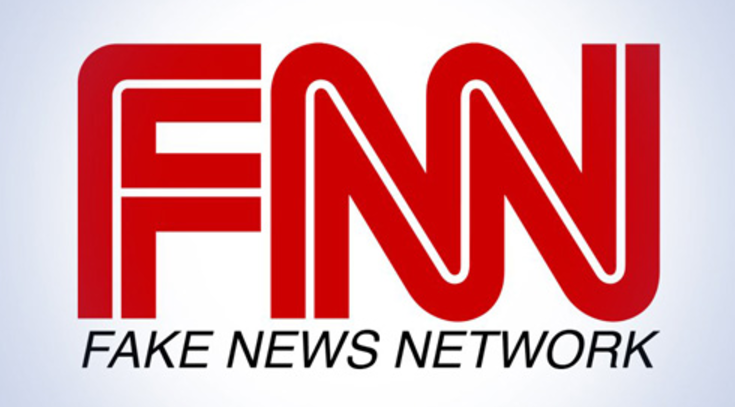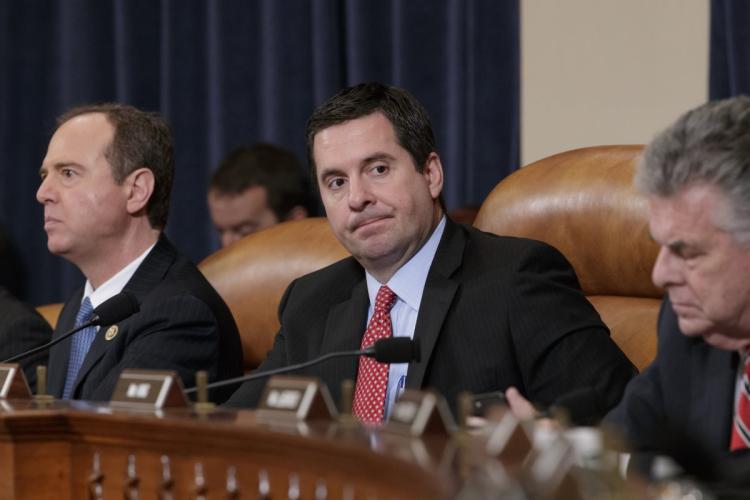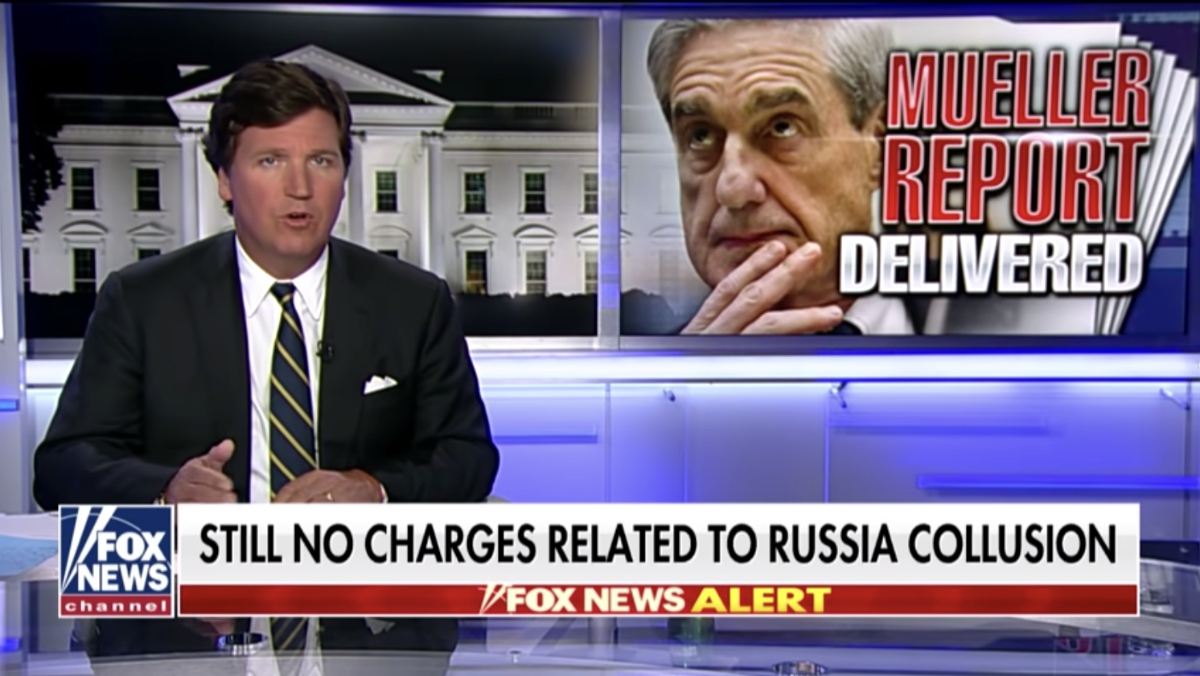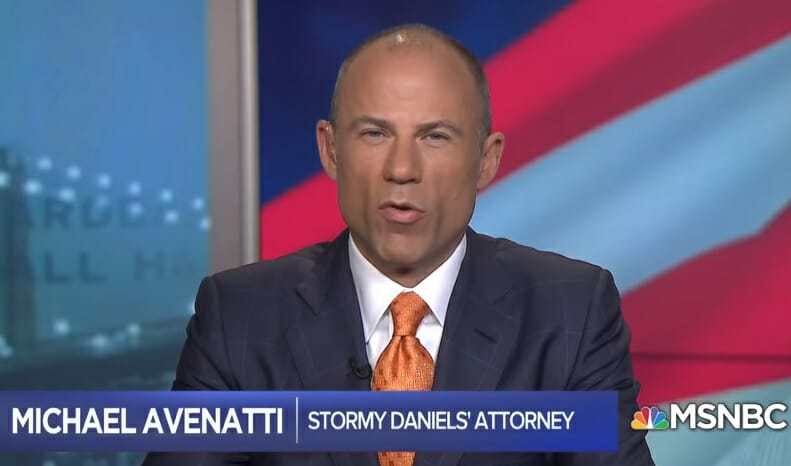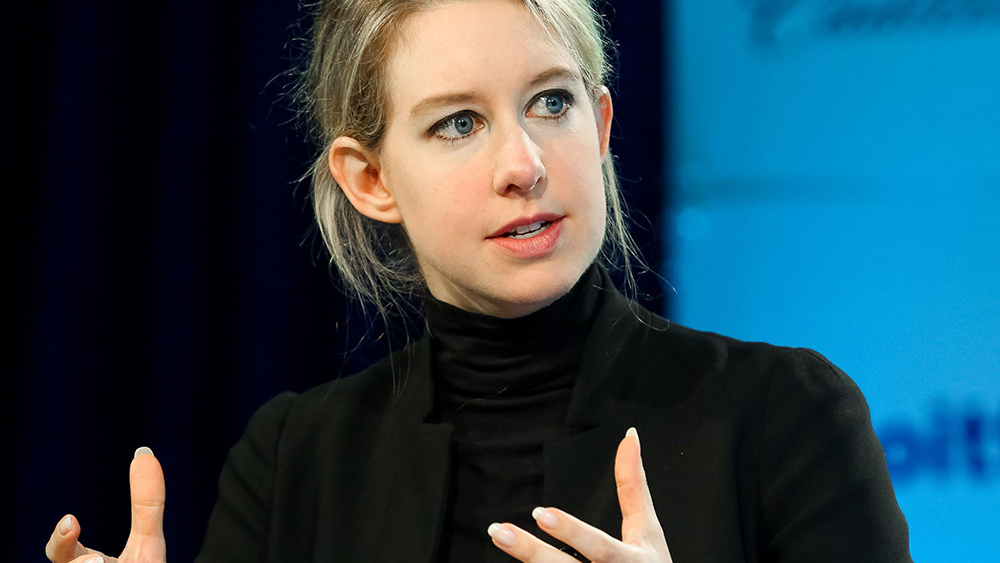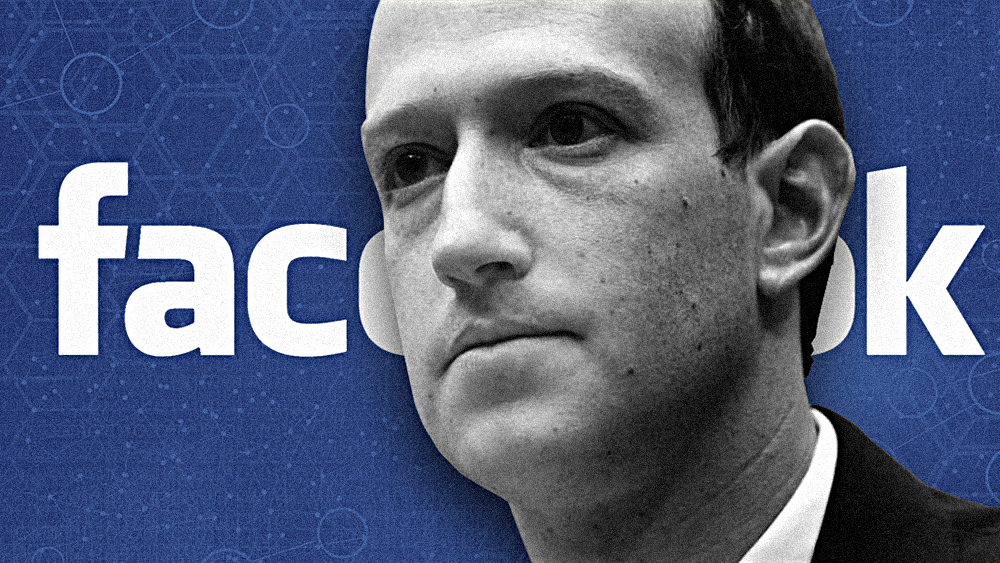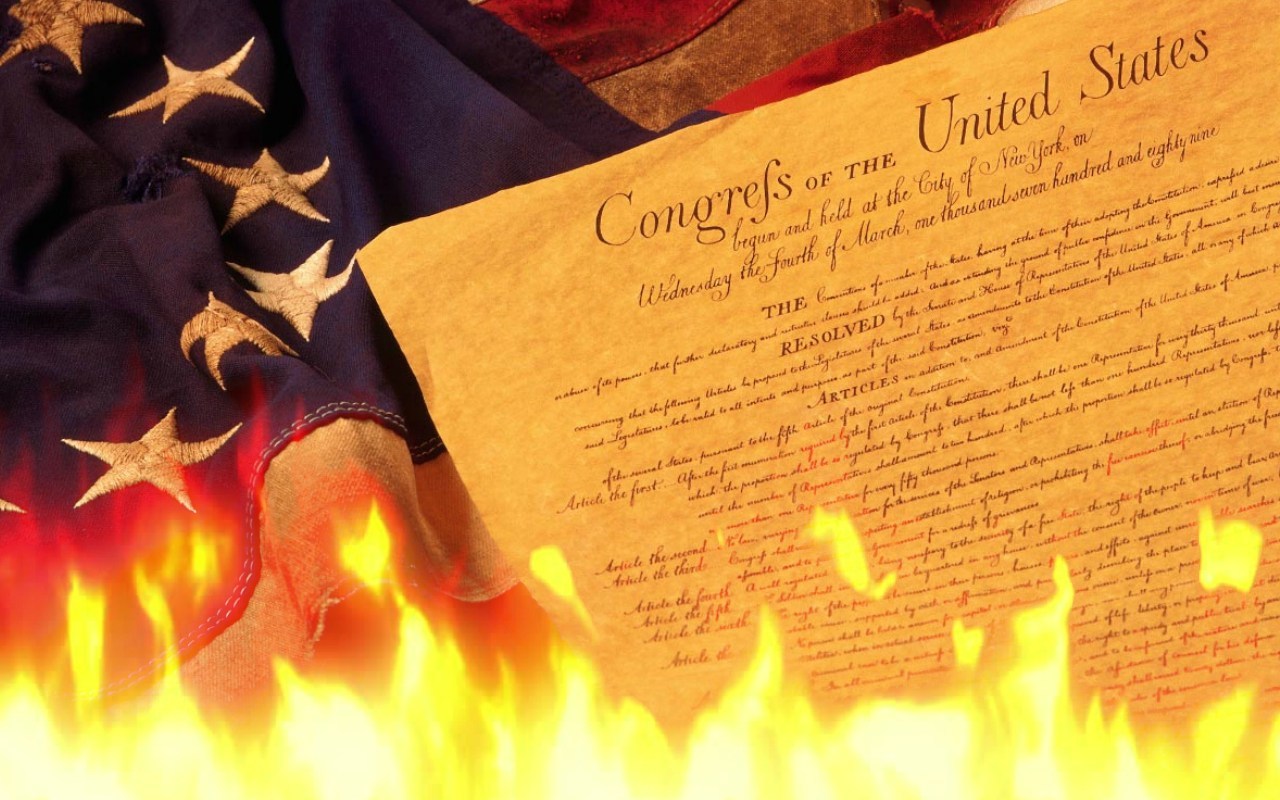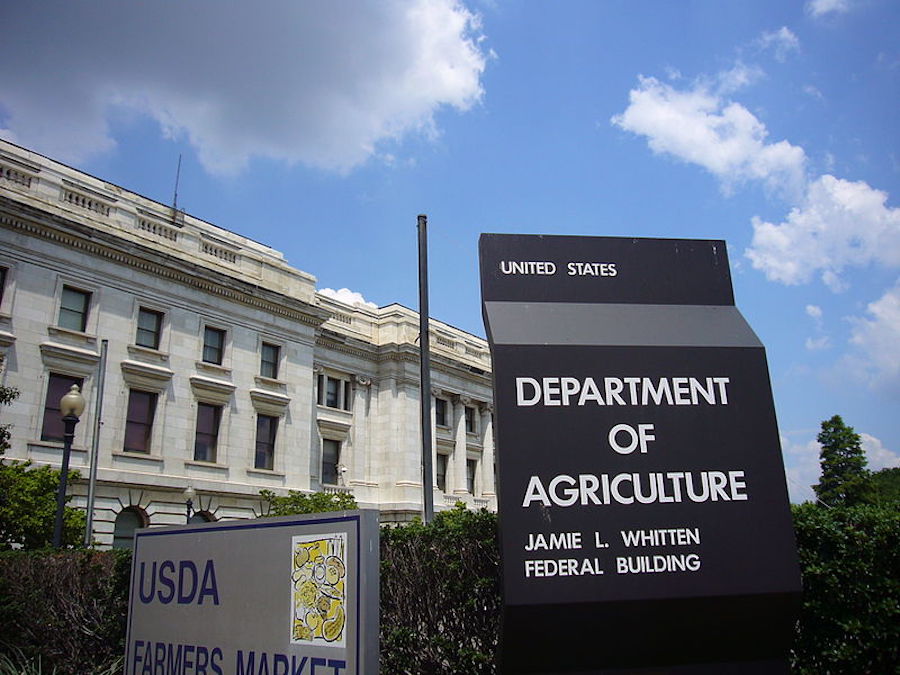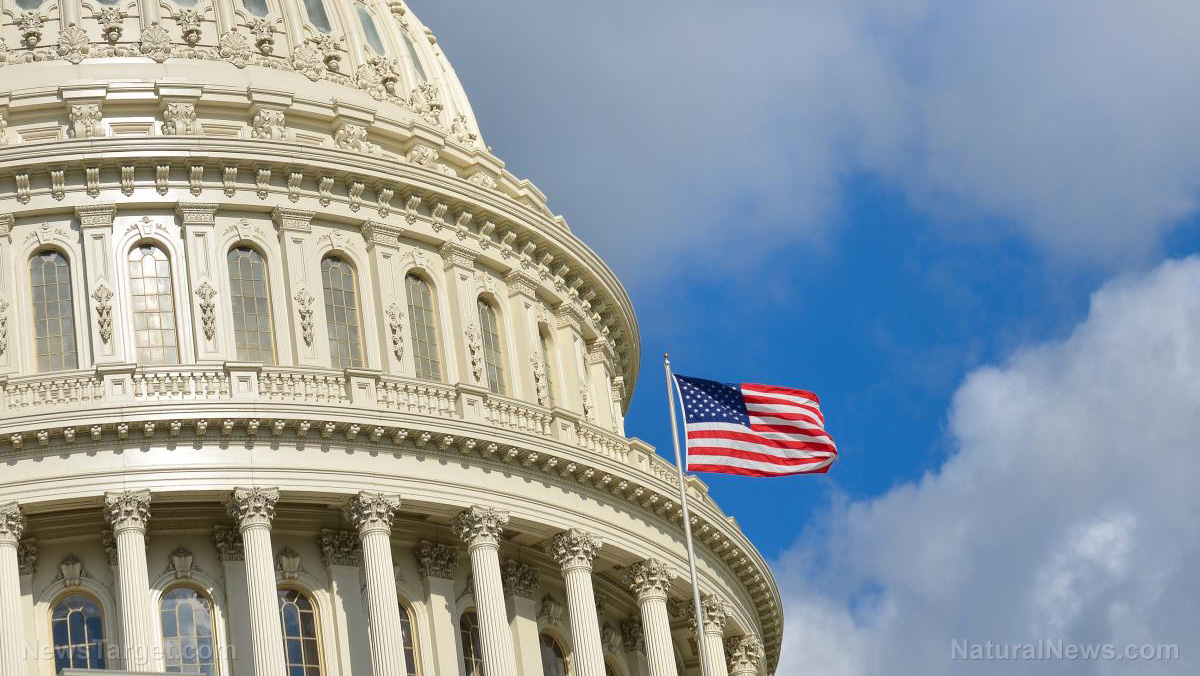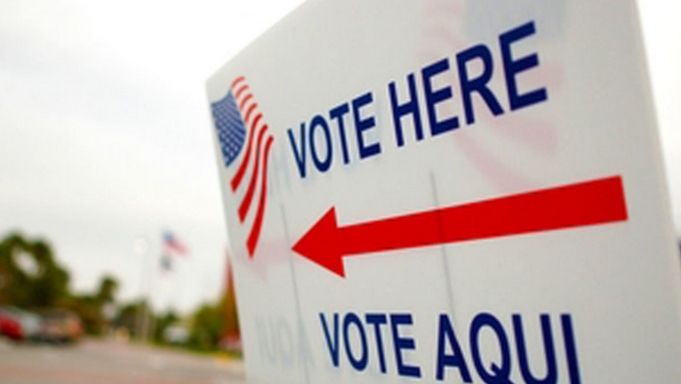World famous psychiatrist warns that increased use of psychiatric drugs will translate to more mass shootings
03/21/2018 / By Tracey Watson

The psychiatric/pharmaceutical drug industry is worth a staggering $80 billion a year in sales alone, and Washington is literally crawling with lobbyists who have seemingly bottomless pots of cash to smooth the regulatory path for drug manufacturers. This has led to a situation in which the politicians tasked with protecting some of the most vulnerable people in the nation – those with mental health issues – have adopted a “see no evil, hear no evil approach.” They happily look the other way as doctors and psychiatrists continue to prescribe antidepressant and anti-anxiety drugs despite their dangerous side effects, which include mania, violence, psychosis and homicidal ideation (the desire to commit murder).
While many politicians focus on the gun debate when discussing the issue of mass shootings, what virtually none of them ever mention is the clearly established link between such mass homicides and psychiatric drugs. The mental health watchdog organization, CCHR International, recently reported that at least 36 school shootings or other school-related acts of violence were committed by people who were either on psychiatric drugs or withdrawing from them – which can be just as dangerous.
These acts of violence resulted in the deaths of 80 people and the wounding of a further 172. In addition, there have been many similar incidents where information regarding the mental health and psychiatric drug use of the killer/s was not made public, so the problem is likely far worse. (Related: Every mass shooting over the last 20 years has one thing in common, and it isn’t guns.)
Peter Breggin, a world-famous psychiatrist who has been called “the conscience of his profession,” recently warned that the side effects of psychiatric drugs are an “obvious prescription for violence.”
Last month, Waking Times published an excerpt from a column Dr. Breggin wrote for Mad in America, entitled, “Psychiatrist Says: More Psychiatry Means More Shootings:”
Not only do psychiatric drugs add to the risk of violence, but psychiatric treatment lulls the various authorities and the family into believing that the patient is now ‘under control’ and ‘less of a risk.’ Even the patient may think the drugs are helping, and continue to take them right up to the moment of violence.
Even when some of their patients signal with all their might that they are dangerous and need to be stopped, mental health providers are likely to give drugs, adding fuel to the heat of violent impulses, while assuming that their violence-inducing drugs will reduce the risk of serious aggression.
Business Insider reported that no less than 27 international drug regulatory agencies have issued warnings about the dangerous side effects of these drugs, and over 1,500 individual cases of “psychotropic drug-induced homicidal ideation” have been reported to the Food and Drug Administration’s (FDA’s) MedWatch program.
The FDA admits that less than 10 percent of all the adverse effects of psychiatric drugs are actually reported to MedWatch. If one were to assume that five percent of all such effects are reported, a total of 30,600 instances of homicidal ideation/actual homicide could be linked directly to the use of psychiatric drugs.
One of the most shocking of all mass shooting incidents in which the shooter had a history of psychiatric drug use was the October 3, 2017 incident at the Las Vegas music festival, where shooter Stephen Paddock killed 59 people and wounded a further 500. It has subsequently emerged that the 64-year-old Paddock had been prescribed the dangerous mind-altering sedative-hypnotic drug, diazepam, which several studies have confirmed can cause “violence, aggression, homicidal ideation and suicide risk or attempts.”
Perhaps Jon Rappoport, writing for Waking Times, said it best when he noted:
The public is in the middle of a psychiatric plague. Learning the truth is the first step forward.
After that, we MUST preserve the right to refuse medication.
Freedom and life itself hang in the balance.
Read Psychiatry.news for more coverage of the mass psychiatric drugging of children.
Sources include:
Tagged Under: anti-anxiety medications, Antidepressants, Big Pharma, mass shootings, psychiatric drugs, psychiatry, shootings, violence

